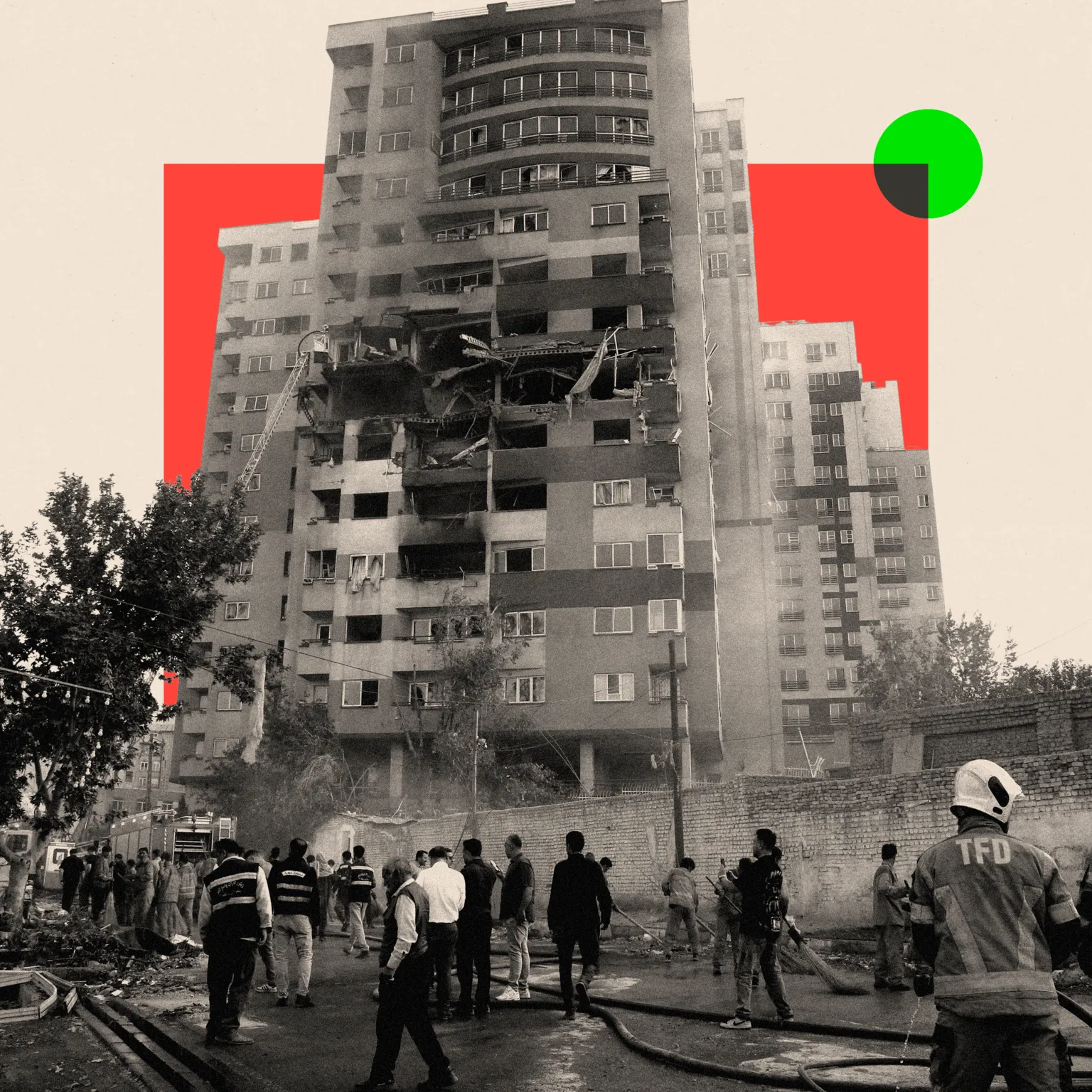Israel’s Massive Strike on Iran Marks Start of New Conflict Phase.
- Home
- Israel’s Massive Strike on Iran Marks Start of New Conflict Phase.

Israel’s Massive Strike on Iran Marks Start of New Conflict Phase.
Israel’s latest military operation against Iran, codenamed
Operation Rising Lion, marks a dramatic escalation in their long-standing hostilities. This attack, far more expansive than previous encounters, is reportedly the largest on Iranian soil since the Iran-Iraq War (1980–1988).
In a pre-dawn assault, the Israeli Air Force struck critical targets, including nuclear facilities, missile bases, and air defence systems—severely limiting Iran’s ability to retaliate. Backed by intelligence reportedly gathered by Mossad operatives within Iran, Israeli forces targeted high-ranking military officials and nuclear scientists. Among those killed were top commanders of Iran’s Islamic Revolutionary Guard Corps (IRGC) and armed forces, along with at least six scientists.
Iranian state media claims 78 people, including civilians and children, were killed. Independent verification of this number is pending.
The attack’s key objectives were Iran’s nuclear enrichment site at Natanz and IRGC military installations. According to reports, drones were launched from within Iran itself, likely with local support. This deeply coordinated operation signals significant infiltration of Iran’s security infrastructure by Israeli intelligence.
Background: Tensions Over Nuclear Ambitions
The strike comes amid renewed international concern over Iran’s nuclear ambitions. The International Atomic Energy Agency (IAEA) recently found Iran in violation of its non-proliferation obligations, citing enriched uranium levels far above those needed for civilian use.
While Iran claims its nuclear programme is peaceful, Israel and several Western countries believe Tehran is nearing the threshold of producing a nuclear weapon. The 2015 nuclear deal aimed to prevent this, but fell apart after the U.S. withdrew in 2018 under President Trump. Since then, Iran has resumed high-level uranium enrichment.
Israel, seeing a nuclear-armed Iran as an existential threat, has long acted—both openly and covertly—to hinder its progress. Past efforts included cyber attacks, such as the Stuxnet virus, and the targeted killing of scientists.
Strategic Timing
Analysts say Israel struck now due to a combination of factors: weakened Iranian proxies in the region, degraded Iranian air defences, and a supportive administration in Washington. Israel also feared Iran was about to move critical nuclear equipment into fortified underground locations.
What’s Next?
Israel hopes the operation will significantly delay, if not end, Iran’s nuclear programme. Some Israeli officials may even see it as a step toward destabilising Iran’s regime entirely—though such an outcome remains uncertain.
Former U.S. President Donald Trump commented that Iran now has “a second chance” to negotiate, but Israeli officials are skeptical of further diplomacy. They believe Iran has used past talks to buy time for its nuclear efforts.
Risk of Regional Escalation
Iran’s Supreme Leader has vowed “harsh punishment,” but options for retaliation are limited given Iran’s current vulnerabilities. However, any retaliatory strike especially against U.S. assets risks drawing America into another Middle East conflict.
More worryingly, Israel’s offensive could strengthen arguments within Iran’s hardline factions for pursuing nuclear weapons as a deterrent. If Iran accelerates its nuclear programme in response, this could spark a regional arms race, with countries like Saudi Arabia, Turkey, and Egypt potentially seeking their own nuclear arsenals.
In short, Operation Rising Lion may reshape the security dynamics of the Middle East—and the full consequences are yet to unfold.

Content & Editorial Manager – Leads the creation, review, and publication of high-quality news and media content. She ensures that all editorial work reflects the organization’s standards of accuracy, professionalism, and relevance, while also engaging and informing the audience.
As the key driver of TokinPoint Media LTD’s editorial voice, the manager oversees content planning, assigns tasks to writers or editors, enforces deadlines, and ensures consistency across all platforms. She also plays a strategic role in aligning content with audience interests and search engine optimization (SEO) best practices.
Discover more from TokinPoint
Subscribe to get the latest posts sent to your email.
- Share
Faith Kegh
Content & Editorial Manager - Leads the creation, review, and publication of high-quality news and media content. She ensures that all editorial work reflects the organization’s standards of accuracy, professionalism, and relevance, while also engaging and informing the audience.
As the key driver of TokinPoint Media LTD's editorial voice, the manager oversees content planning, assigns tasks to writers or editors, enforces deadlines, and ensures consistency across all platforms. She also plays a strategic role in aligning content with audience interests and search engine optimization (SEO) best practices.
